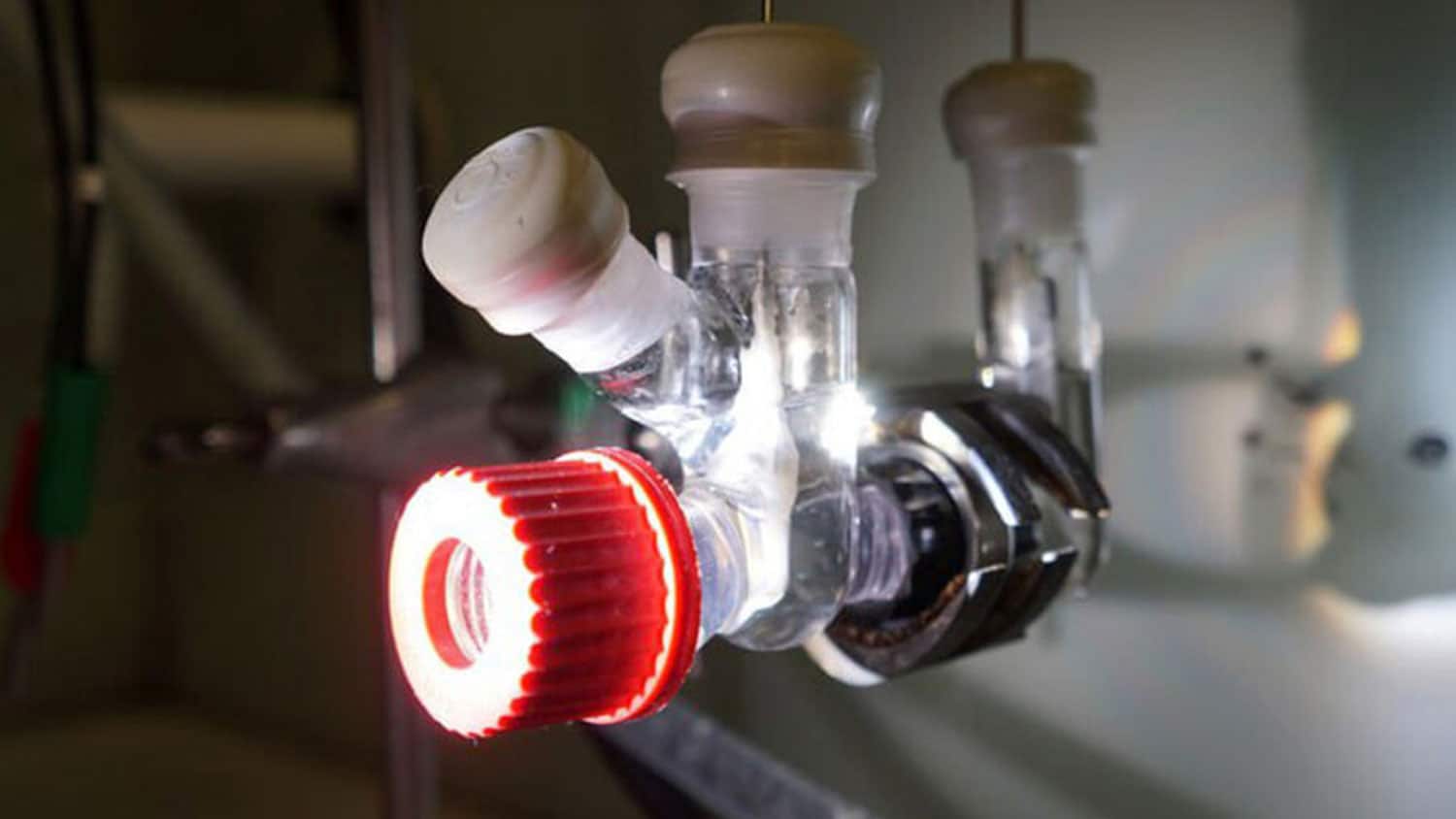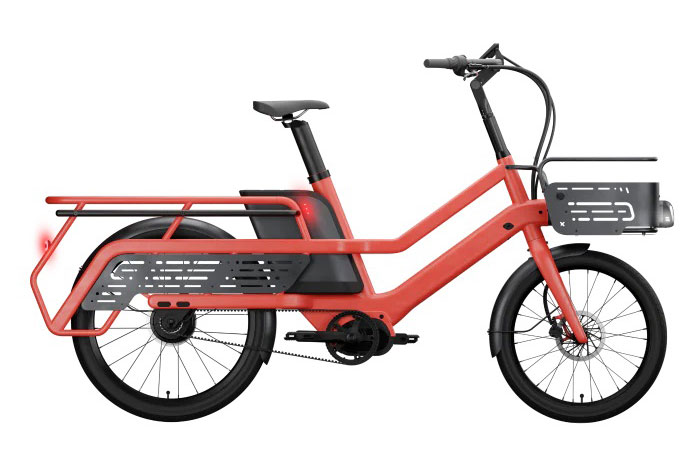
Plastic waste and greenhouse gases are two of the biggest threats facing the natural world today. Converting plastics and greenhouse gases into value-added products provides a potential sustainable route toward a circular economy, but their simultaneous conversion in an integrated process is challenging.
Now, researchers from the University of Cambridge have developed a new reactor to tackle both at once. The system can transform plastic waste and carbon dioxide (CO2) into sustainable fuels and other valuable products – using just the energy from the Sun.
The integrated solar-powered reactor is made up of two separate compartments: one for plastic and one for greenhouse gases. The reactor uses a light absorber based on perovskite – a promising alternative to silicon for next-generation solar cells – to trigger a catalyst that converts the feedstock into something more useful. The catalyst can be changed depending on the desired final product.
In tests, under normal temperature and pressure conditions, the reactor could efficiently convert CO2 into different carbon-based fuels such as CO (carbon monoxide) using a cobalt compound, syngas using a copper-indium alloy, and formate using a specific enzyme. A copper-palladium alloy catalyst was able to convert PET plastic bottles into glycolic acid, which is widely used in the cosmetics industry.
“Generally, CO2 conversion requires a lot of energy, but with our system, basically you just shine a light at it, and it starts converting harmful products into something useful and sustainable,” said co-first author Dr. Motiar Rahaman. “Prior to this system, we didn’t have anything that could make high-value products selectively and efficiently.”
The system performed similarly to bias-free, dual-light absorber tandems and showed about 10-100-fold higher production rates than devices using other solar-powered catalysts. Over the next five years, the team hopes to further develop the reactor to produce more complex molecules. The researchers say that similar techniques could someday be used to develop an entirely solar-powered recycling plant.
“What’s so special about this system is the versatility and tuneability – we’re making fairly simple carbon-based molecules right now, but in the future, we could be able to tune the system to make far more complex products, just by changing the catalyst,” said Subhajit Bhattacharjee, the paper’s co-first author.
Journal reference:
- Subhajit Bhattacharjee, Motiar Rahaman, Virgil Andrei, Melanie Miller, Santiago Rodríguez-Jiménez, Erwin Lam, Chanon Pornrungroj and Erwin Reisner. Photoelectrochemical CO2-to-fuel conversion with simultaneous plastic reforming. Nature Synthesis, 2023; DOI: 10.1038/s44160-022-00196-0
Solar-powered reactor converts plastic waste and CO2 into sustainable fuels
Source: Tambay News






0 Comments